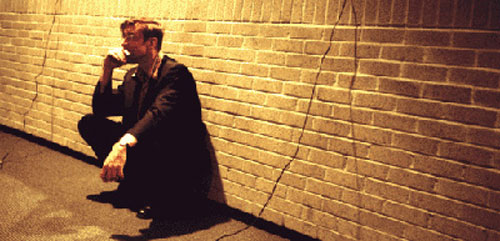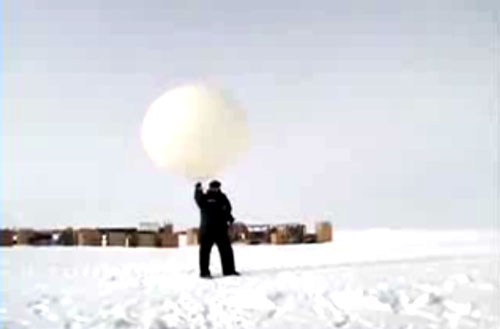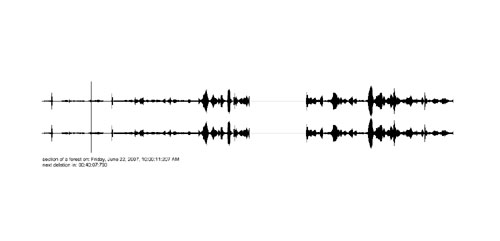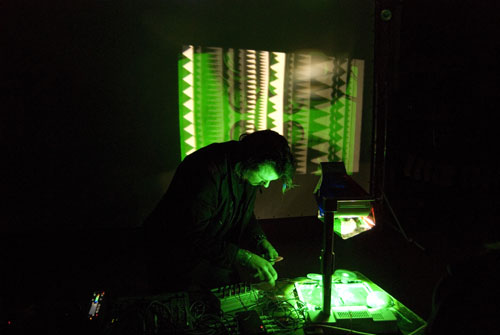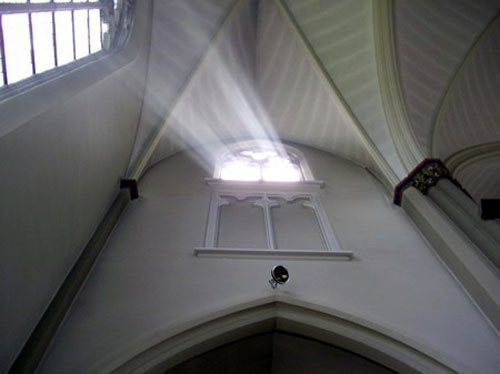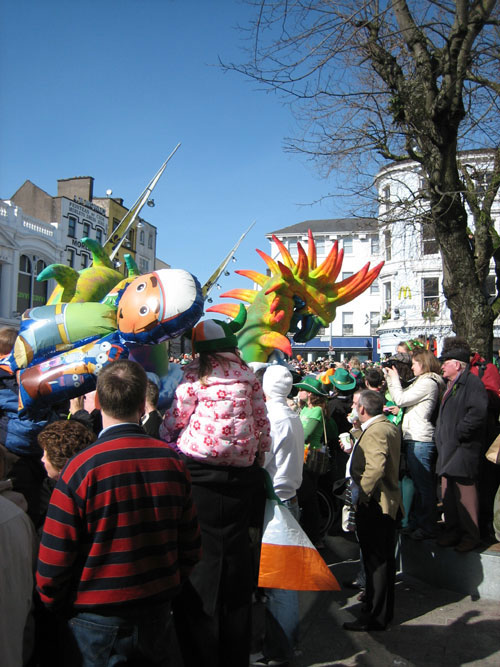Whatnight #3 DATA: Soundscapes, Found Sound, Image to Sound, Deleting Sound
Festival at different places in Tilburg / Netherlands
DATA takes place on Saturday October 31TH
De Pont museum of contemporary art
Achim Wollscheid / Germany
Inside and Outside
Basic idea of the Tilburg piece is to cross-sect inside and outside.
This will happen in terms of in- and of out-put.
A pattern of speakers is positioned within and without a building.
Environmental noise/sound is recorded (by microphones positioned that pattern) processed and re-played.
Thus people crossing that section will be subject and co-actors to in and output.
Andrea Polli / USA / Mexico
Sonic Antarctica
3-5 channels of video in conjunction with recorded selections from Sonic Antarctica.
Sonic Antarctica: Soundscape, Geosonification and the Social Geography of Global Climate Change
“There is more information available at our fingertips during a walk in the woods than in any computer system…” [1]
The Antarctic is unlike any other place on earth: geographically, politically, and culturally. Larger than the US, it is a frontier where borders and nationalities take a back seat to scientific collaboration and cooperation, a place where the compass becomes meaningless yet navigation is a matter of life and death. It is an extreme environment that holds some of the most unique species, but it is also an ecosystem undergoing rapid change. 2007/2008 marks the fourth International Polar Year (IPY), the largest and most ambitious international effort to investigate the impact of the poles on the global environment.
This paper describes the Sonic Antarctica project, a radio broadcast, live performance and sound and visual installation featuring recordings of the Antarctic soundscape made during the author’s seven-week National Science Foundation residency in Antarctica during the 2007/2008 season. The term “geosonification” has been created for this paper to describe location-based sonification. Specifically, work that translates previously recorded, modeled or real-time geospatial scientific data into sound.
Sonic Antarctica features natural and industrial field recordings, geosonifications and audifications, interviews with weather and climate scientists and soundscape compositions by members of the Antarctic community including the author, other artists, scientists and support staff. The areas recorded include: The Dry Valleys (77°30’S 163°00’E) on the shore of McMurdo Sound, 3500 km due south of New Zealand, the driest and largest relatively ice-free area on the continent completely devoid of terrestrial vegetation; and the geographic South Pole (90°00’S), the center of a featureless flat white expanse, on top of ice nearly nine miles thick.
Sonic Antarctica has been produced as a full-length audio CD on the Gruenrecorder label.
1. Weiser, Mark. 1991. “The Computer for the 21st Century”. Scientific American, 265(3), 94-104
Christoph Korn / Germany
Waldstueck [section of a forest], series invisible, I speak this text
Deleting and withdrawing as an aesthetical strategy
Along his own artistical work Christoph Korn will explain some aspects of deleting and withdrawing as an aesthetical strategy. Including the text work “series invisible” by Christoph Korn/Lasse-Marc Riek, net work www.waldstueck.net and also on deletion processes based radioplay “I speak this text”. The radioplay “I speak this text” will be performed in a live version.
“For me deleting is a poetic, contemplative and equally a political process.
Poetic insofar as it takes things away or hides them and lengthens the texture in a pure space of imagination, which is structured less by a “previous presence,” rather much more by an “absence.”
Contemplative as repetitive, lasting, time woken through, as to bring it forth and set it down – then as remembered – and similar to the work of mourning in this experience of time.
Poetic, insofar as the development of the deletion process was inspired by Adorno’s concept of “instrumental reason” or by Martin Buber’s category of the “Ich-Es.” That is, deletion represents a small, particular attempt at letting specific movements – of accumulating, systematizing, recycling, thus of gaining power and forming knowledge by collecting data – move into the background in favor of a strategy of deleting/taking away/ withdrawing/hiding.” (Notes, Christoph Korn)
Waldstueck [section of a forest] was produced by german radio Hessischer Rundfunk / Frankfurt and Deutschlandfunk / Cologne with funding by Stiftung Kunstfonds / Bonn and in cooperation with wemove digital solutions / Berlin.
Derek Holzer / Germany / USA
TONEWHEELS
is an experiment in converting graphical imagery to sound, inspired by some of the pioneering 20th Century electronic music inventions. Transparent tonewheels with repeating patterns are spun over light-sensitive electronic circuitry to produce sound and light pulsations and textures. This all-analog set is performed entirely live without the use of computers, using only overhead projectors as light source, performance interface and audience display. In this way, TONEWHEELS aims to open up the "black box" of electronic music and video by exposing the working processes of the performance for the audience to see.
Derek Holzer (1972) is an American sound artist living in Berlin, whose current interests include DIY analog electronics, sound art, field recording and the meeting points of electroacoustic, noise, improv and extreme music. Becoming frustrated with the performance limitations of the computer, and inspired by some of the pioneering 20th Century electronic music instruments such as the ANS Synthesizer, the Variophone and the Oramics system, he began new experiments with all-analog systems in 2006. These experiments resulted in electronic and graphical systems for playing light on the overhead projector in a performance called TONEWHEELS.
Holzer has performed live experimental sound, created installations and taught workshops across Europe, North America, Brazil and New Zealand.
http://www.umatic.nl/tonewheels.html
http://www.vimeo.com/macumbista
http://www.myspace.com/macumbista
Lasse-Marc Riek / Germany
Listening Room
Since 2003, Lasse-Marc Riek has explored acoustic settings in and around sanctuaries. One the one hand, he is fascinated by the idea of listening representing a process which moves from the inside to the outside. On the other, his work deals with questions about the subjectivity of noise and silence. Over the past years, Riek has visited 90 churches all over Europe.
For Data, he is now presenting an acoustic impression of four churches from Tilburg.
Roland Etzin / Germany
Image Data
Each digital image holds acoustic information, too. We see the image – but how can you listen to it? How can you transport these data into acoustic live? A picture shows a place frozen in time and memory. You can look at it in all sorts of ways. And you can listen to it. As an experiment, Roland Etzin searches for places with powerful acoustic and optical expression. He records their sounds – and takes pictures. These pictures‘ data are deconstruced and transformed into another condition, like water that transforms into another aesthetic: air or ice. The structure of the deep information is the same, it is the expression that changes. In his compositions, wich are based on field recordings, Roland Etzin is also looking for the point at which acoustic and visual information meet.


